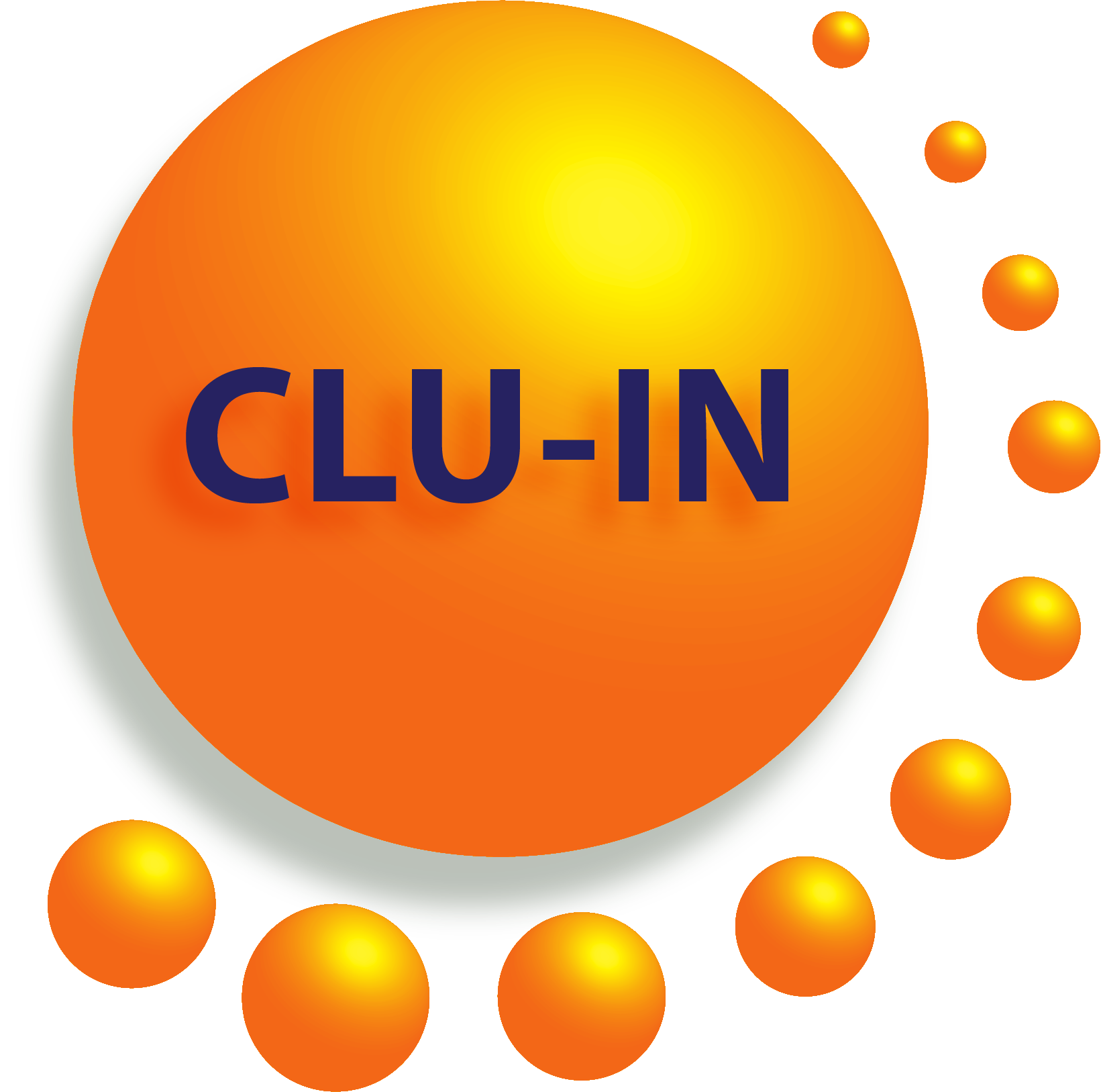Training & Events
Upcoming Webinars
CLU-IN's ongoing series of Internet Seminars are free, web-based slide presentations with a companion audio portion. We provide two options for accessing the audio portion of the seminar: by phone line or streaming audio simulcast. More information and registration for all Internet Seminars is available by selecting the individual seminar below. Not able to make one of our live offerings? You may also view archived seminars.
Have a topic or idea for a future webinar? Please contact:
Technology Integration and Information Branch
PH: 202-566-0832 | Email: balent.jean@epa.gov
Technology Integration and Information Branch
PH: 202-566-0875 | Email: adam.michael@epa.gov
August 2024
-
Investigation of State Approaches to Assessing Indoor Contaminated Dust
To help meet the U.S. Environmental Protection Agency (EPA) Superfund program's mandate to protect human health and the environment from current and potential threats posed by uncontrolled hazardous substance (both radiological and non-radiological),...
-
Federal Facilities Online Academy: Role of Superfund Performance Measures
Role of Superfund Performance Measures is a two-hour webinar course that will identify the role of performance measures, including environmental indicators, how to justify their status, and how to achieve an under-control status at Superfund sites. ...
-
PFAS Management Strategies in the United States, European Union and Australia
The management of perfluoroalkyl and polyfluoroalkyl substances (PFAS) is an issue of global concern. Across the world, countries are developing their own methods and approaches to managing PFAS. The United States Environmental Protection Agency (US ...
September 2024
-
1,4-Dioxane: Science, Characterization & Analysis, and Remediation
In 2020, ITRC's 1,4-Dioxane team created multiple tools and documents that provide information to assist all interested stakeholders in understanding this contaminant and for making informed, educated decisions. Since the 1950s, 1,4-Dioxane has seen ...
-
Federal Facilities Online Academy: Record of Decision (RODs) and More at Federal Facilities
RODs [Records of Decision] and More at Federal Facilities is a two-hour webinar course that will provide an overview of how early and interim actions, adaptive management, RODs, Explanations of Significant Differences (ESDs), and ROD Amendments are u...
-
Vapor Intrusion Mitigation (VIM-1) - A Two Part Series: Session 1
ITRC's Vapor Intrusion Mitigation training is a series of eight (8) modules, presented over two sessions. The Vapor Intrusion Mitigation training series provides an overview of vapor intrusion mitigation and presenting information from the ITRC...
-
ITRC: Pump & Treat Optimization
ITRC's Pump & Treat (P&T) Optimization training aims to summarize existing information and best practices while also developing a systemic and adaptive optimization framework specifically for P&T well-network design and management. P&T systems have b...
October 2024
-
Vapor Intrusion Mitigation (VIM-1) - A Two Part Series: Session 2
ITRC's Vapor Intrusion Mitigation training is a series of eight (8) modules, presented over two sessions. The Vapor Intrusion Mitigation training series provides an overview of vapor intrusion mitigation and presenting information from the ITRC...
-
ITRC: Optimizing Injection Strategies and In situ Remediation Performance
In 2020, ITRC recognized that In situ remediation technologies using amendment injections have advanced to mainstream acceptance and offer a competitive advantage over many forms of ex situ treatment of soil and groundwater. Developing a detailed sit...
-
ITRC: Managed Aquifer Recharge (MAR)
The ITRC Managed Aquifer Recharge (MAR-1) Training is intended for state regulators and stakeholders who may not be familiar with the opportunities and challenges associated with MAR. It provides a basic understanding of MAR concepts, along with case...
-
ITRC: Contaminants of Emerging Concern (CEC) Identification Framework
In 2023, the ITRC Contaminants of Emerging Concern (CEC) Framework was published to help environmental regulatory agencies and other stakeholders identify, evaluate, and manage CEC's while acknowledging uncertainties in their environmental fate and ...
-
Federal Facilities Online Academy: RCRA/CERCLA Integration
RCRA and CERCLA Integration at Federal Facilities is a two-hour webinar course that will provide an overview of how the Resource Conservation and Recovery Act (RCRA) and the Comprehensive Environmental Response, Compensation, and Liability Act (CERCL...
November 2024
-
ITRC: Microplastics
In response to one of the biggest emerging environmental concerns, ITRC formed the Microplastics Team in 2021 to develop the Microplastics Guidance Document. Plastics have become pervasive in modern life and are now used in a wide range of commercia...
-
Federal Facilities Online Academy: Groundwater Policy Overview
Groundwater Policy and Federal Facilities Overview is a two-hour webinar course that provides an overview of U.S Environmental Protection Agency (EPA) groundwater policies and guidance with emphasis on cleanups at federal facilities. By taking this ...
-
Sediment Cap Chemical Isolation Training
In 2023, ITRC published the Sediment Cap Chemical Isolation Guidance to supplement the 2014 Contaminated Sediments Remediation Guidance with the goal of improving consistency in sediment cap performance outcomes. Sediment capping is a commonly select...
December 2024
-
Federal Facilities Online Academy: Coordinating with Tribes at Federal Facilities
Coordinating with Tribes at Federal Facilities is a two-hour webinar course that will provide an overview of Environmental Protection Agency (EPA) policy on consultation and coordination with Indian Tribes at federal facilities. This webinar will al...


Some comments we've received about Internet Seminars. . .